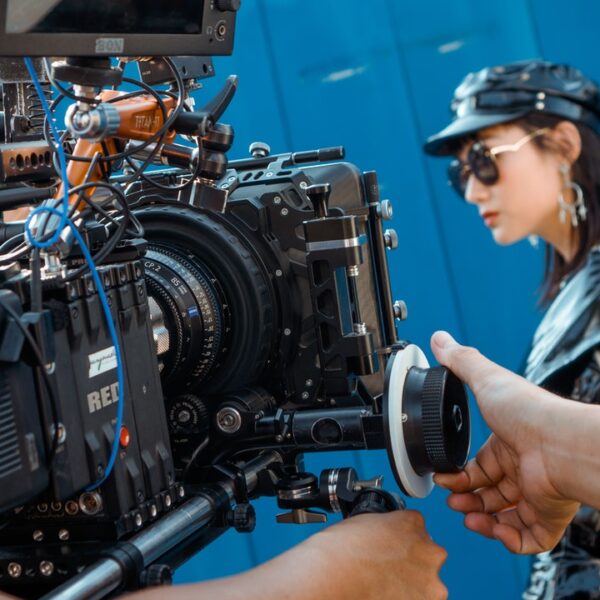If you have outstanding dance skills, you can become a choreographer in the film industry. Choreographers are responsible for creating dance sequences in film, and they can also create or break down musicals or films with a dance theme.
Choreography, taking advantage of the enormous possibilities of film, is able to show dance more vividly, to make it more expressive and dynamic. Cinematography helps to show the audience all the peculiarities of choreographic dramaturgy, that is, the dance language. It can be used to find completely unexpected angles that emphasize a particular dance movement, expressing its main meaning.
Screen choreodrama is a transformation of choreo- and cinematography based on a combination of classically specific dance (but with less demands on observing the unchanging form of ballet, allowing for speech from the stage), pantomime and music set on a dramatic basis – the plot expressed in a literary film canvass.
In screen choreodrama, the aesthetics of the body can be revealed with much more force and conviction than in the theater. At the same time, staging a film ballet forces one to abandon many of the techniques inherent in staging a theatrical ballet.
It is necessary to compose choreography with an allowance for cinema specifics: to “lay out” dance combinations of movements into separate elements, to determine in advance the magnitude of the image in the frame and to build up the composition of movement in the frame with this in mind. It is necessary to think over a sequence of alternating plans – the transitions from large to general and so on. And at the same time it is necessary to remember about purely ballet conventionality.
After the considered options of interaction between choreography and cinematography – the existence of a new genre – is clear, but its target audience and competitiveness in comparison with just movies and theatrical performances and television shows is not clear. For this we will try to use a positional analysis.
Cinema offers the ballet the opportunity to show the dance fully, brightly, dynamically. The variations can be filmed in separate pieces. That’s impossible in the theater. There the dancer performs the part from the beginning to the end. He has his own laws of the dance’s movement in time and space. He has to think about his breathing, about his physical strength. Filming the camera and editing, without taking into account the physical abilities of the actor, gives us the dance in the same breath, without recessions and, pauses, on a single note of tension.
Screen choreodrama is sometimes much more difficult than dancing in the theater. The screen reveals the smallest technical errors and defects. The endless doubles wear out the actors. For staging choreography in film, the multi-camera method of filming is most suitable.
The choreographer-director must be recognized as the author of the performance – he must be, in essence, the director of the film. The choreographer composes the dance not somewhere “out there,” but here, for the cameras. It is almost impossible to find a common language with a director who does not know the laws of ballet and its specifics. The choreographer at the editing table remains the choreographer – and the composer of dances. The director cannot replace him. And it is in the editing process that the greatest privileges are hidden. Sometimes new variations, new choreographic pieces subtly connected to the music, that is, the creation of a dance without dancers continues behind the montage table.
The specific screen genre of the film ballet is fundamentally different from the musical or private inclusions of dance numbers. It is a synthetic form of cinematography that genetically goes back to classical ballet, based on the replacement of verbal speech by solo and group dance. The notion of film ballet is not synonymous with television ballet, which implies a screen reproduction (copy) of a particular ballet performance. The film ballet is an independent original screen work.
